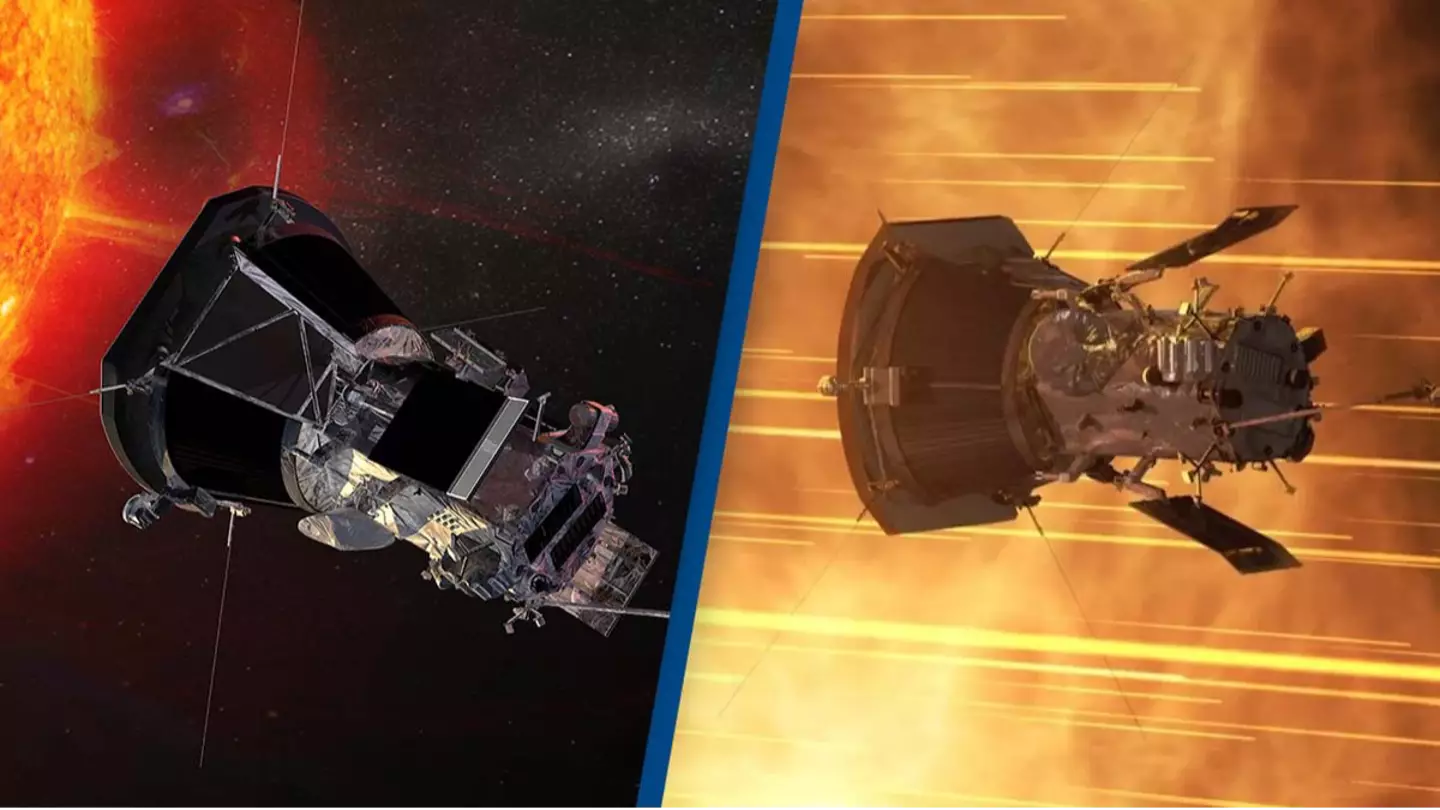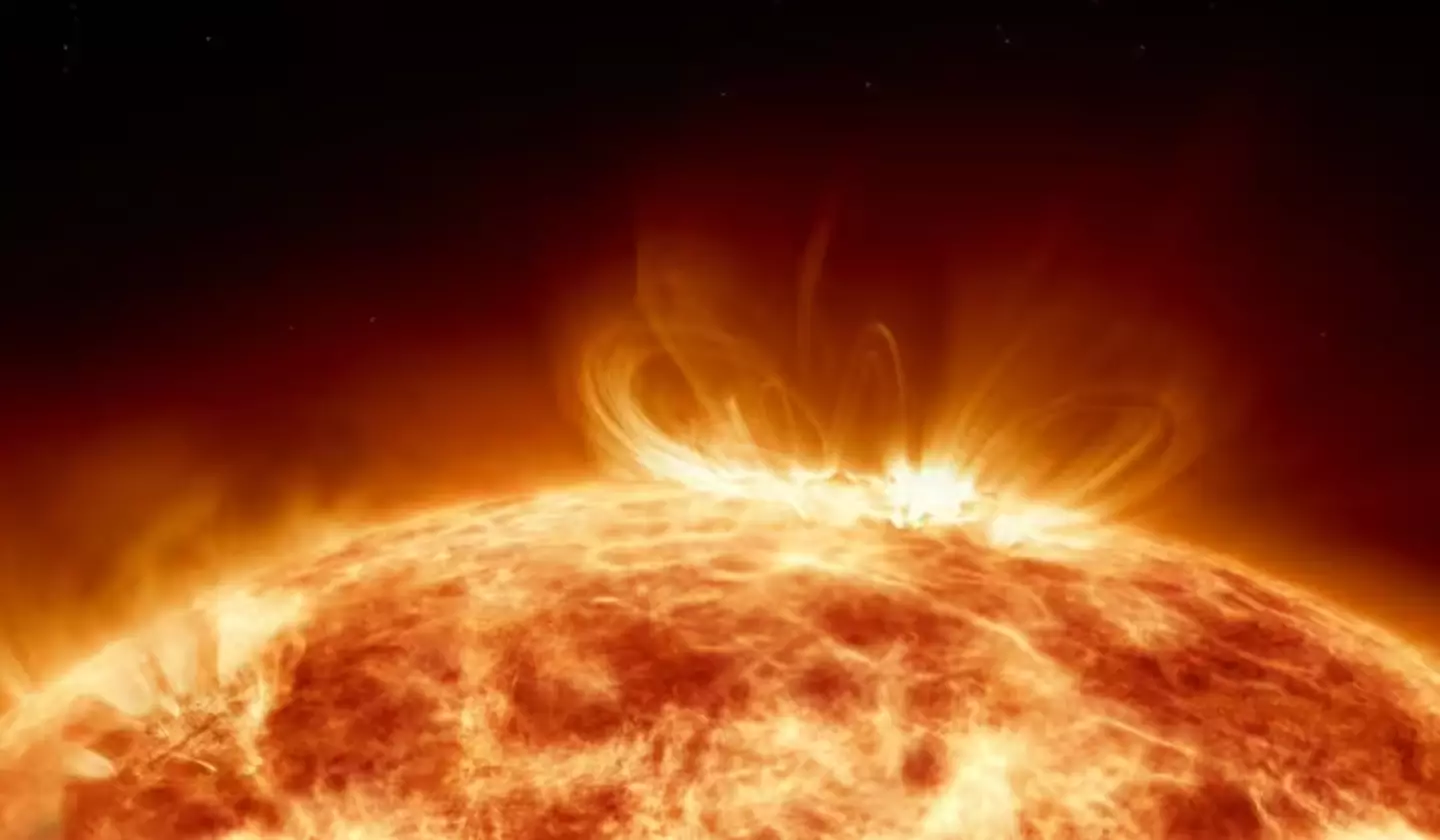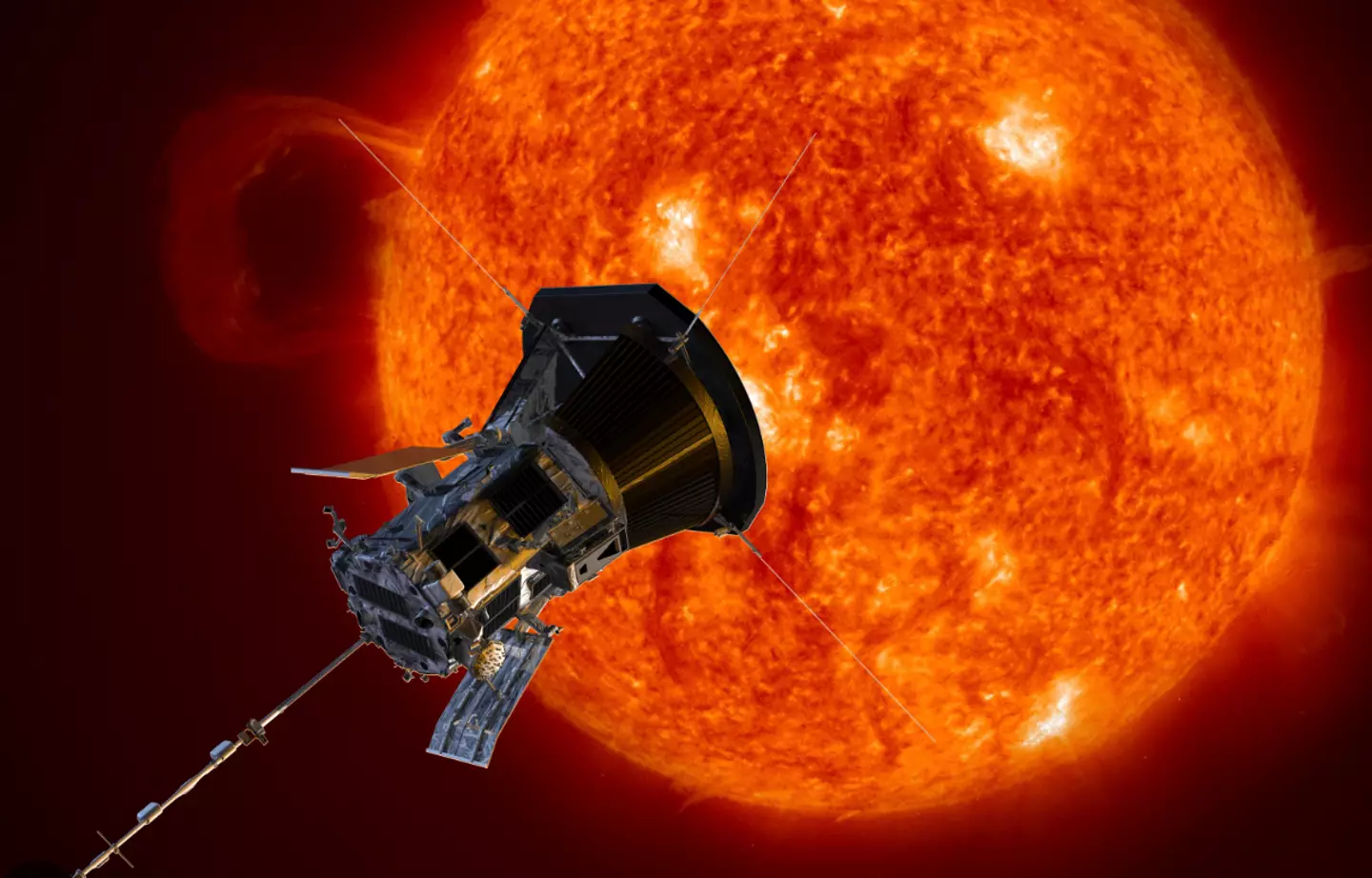
NASA to prepare ‘monumental achievement for humanity equivalent to the moon landing’ with planned spacecraft expedition.
Within the year NASA’s probe will journey 3.8 million miles into space, brushing past the sun’s molten surface with hopes of ‘landing on a star’ at 435,000 mph, making the probe the first of its kind to land so close to the sun’s surface as they obtain the ‘first-ever sampling of a star's atmosphere."

The ‘Parker Solar Probe’ is the closest a man-made object has ever gotten to the surface of the sun, with scientist Nour Raouafi telling BBC: "This will be a monumental achievement for all humanity. This is equivalent to the Moon landing of 1969."
Advert
We are basically almost landing on a star," he explained. As the craft will be seven times closer to the sun than any other craft in humanity's history.
The Parker Probe has been a success so far, as well as being crowd ‘the first spacecraft to touch the sun’ back in 2018, the probe also collected crucial data on the sun’s upper atmosphere solar wind, breaking speed and distance records on the way.
The probe will gather photographs and measurements that scientists hope will help them better understand the phenomenon of solar wind.
"As we speed closer and closer to the solar surface, we will learn more about the properties of the Sun itself," Raouafi said in a statement last year, "but that data will also significantly improve our knowledge of space weather and our ability to live and work in space."

The galaxy gadget cost $1.5 billion to make and was manufactured by Applied Physics Laboratory back in August 2018. Much of the cost of the probe is said to be on its material make-up as to not melt with the heat of the sun, as Parker Solar has been designed to withstand the extreme conditions and temperature fluctuations for the mission. The key lies in its custom heat shield and an autonomous system that helps protect the mission from the Sun's intense light emission, but does allow the coronal material to 'touch' the spacecraft.
Advert
Dr Nicky Fox, NASA's head of science, told the BBC that they 'don't know' what they'll find in the mission, "but we'll be looking for waves in the solar wind associated with the heating."
"I suspect we'll sense lots of different types of waves which would point to a mix of processes that people have been arguing over for years," she added.
Topics: NASA, Technology, Space